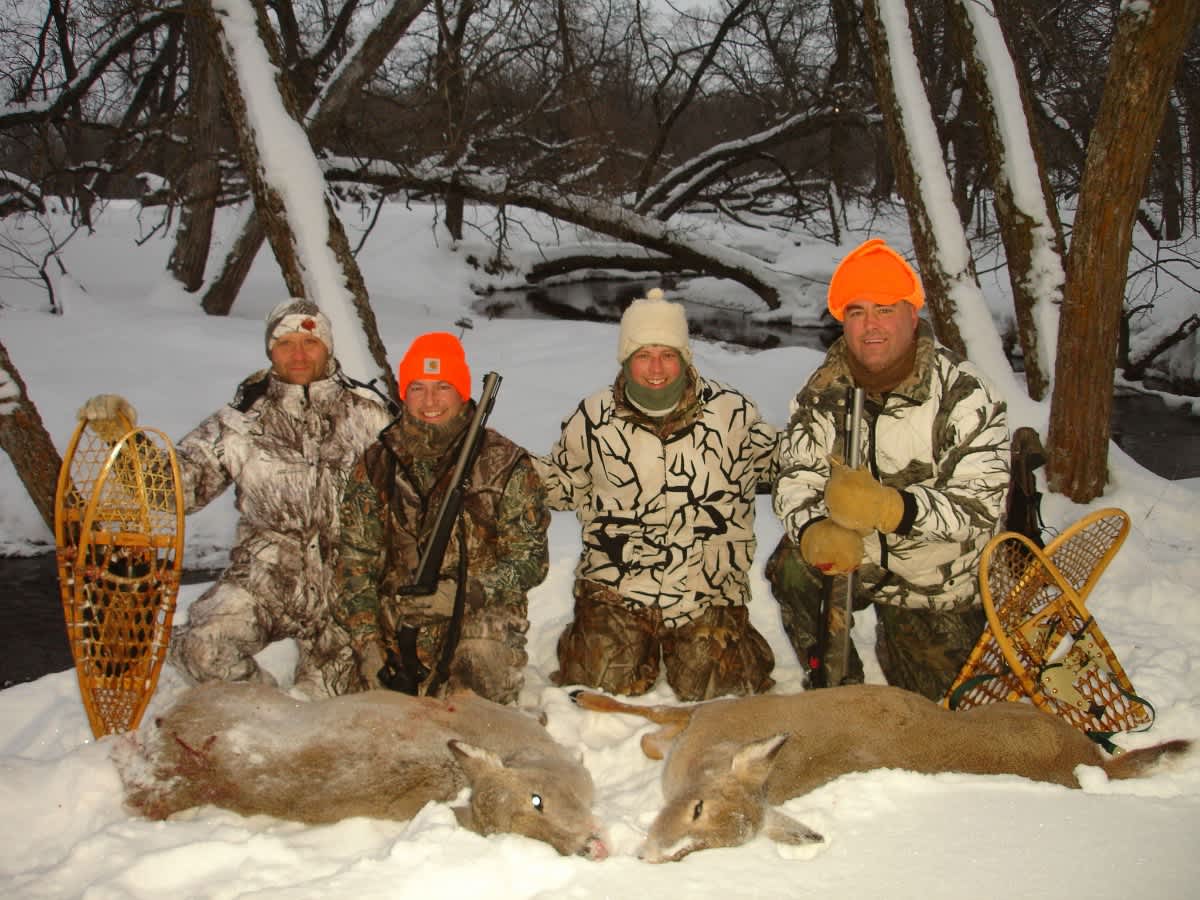Whitetail Wednesday: Will Bucks Shed Early This Winter?
OutdoorHub Staff 12.21.16

During this past week, friends from Kansas, Wisconsin and even South Carolina have told me about hunting in temperatures that were much colder than normal. A fellow wildlife biologist in western Kansas shared with me that it was –21 degrees there a few days ago. That was the actual air temperature, not the wind-chill. His son had been out calling coyotes. Needless to say, his son is much tougher than me!
Imagine the stress such temperatures cause whitetail deer. Unlike you and me, deer can’t add an extra layer of clothing or stuff a few hand-warmers in some pockets.
Often when temperatures are cold, whitetails will bed on south- and west-facing slopes, or areas that are out of the wind and receive the sun’s radiant energy. Even with these energy conservation measures, extremely cold conditions cause them stress.
When bucks are stressed due to cold temperatures, injuries, and/or lack of high-quality food, etc., their testosterone production drops. When this hormone drops below a certain level, it triggers other physical changes, one of which can be shedding antlers.

The decreasing amount of daylight also triggers a decrease in testosterone production. The process occurs during a specific window of time each year. Within that window, events such as injury or stress from being cold can alter the exact timing of changes in testosterone levels, and hence when bucks shed antlers.
Extreme cold paired with limited access to top-notch foods will often trigger antler shedding. Those conditions occurred last week in many areas due to the arctic blast, and there’s no doubt some bucks have shed and/or will do so early.
If you are like me and still hunting, be careful if you are trying to fill an antlerless deer tag. It’s easy to mistake a shed buck for a doe, and it’d be shame to tag a large buck that had already dropped his antlers when you really want to tag a doe.
Enjoy creation!
Editor’s note: Be sure to check out Dr. Grant Woods and his popular on-demand web series that shares current information about deer hunting and deer management. The free CarbonTV videos focus on what the Growing Deer team of experienced hunters and deer managers are doing in the field week to week, including action-packed hunts, proven hunting strategies, habitat management, food plots, trail camera techniques and the gear it takes to get it all done.
Video below: This half-racked buck may have broken his antler off while fighting, or shed early due to the colder than normal temperatures.

